Nestled in the breathtaking valleys of Bhutan, Drukgyel Dzong stands as a majestic reminder of the country’s rich history and vibrant culture. This ancient fortress, once a symbol of strength and protection, overlooks stunning landscapes and the towering peaks of the Himalayas. Built in the 17th century to defend against Tibetan invasions, Drukgyel Dzong now offers visitors a glimpse into Bhutan’s past, blending natural beauty with historical significance, making it a must-see treasure for any traveller. Though partially in ruins due to a fire in the 1950s, the dzong’s grandeur and historical importance remain intact.
Location
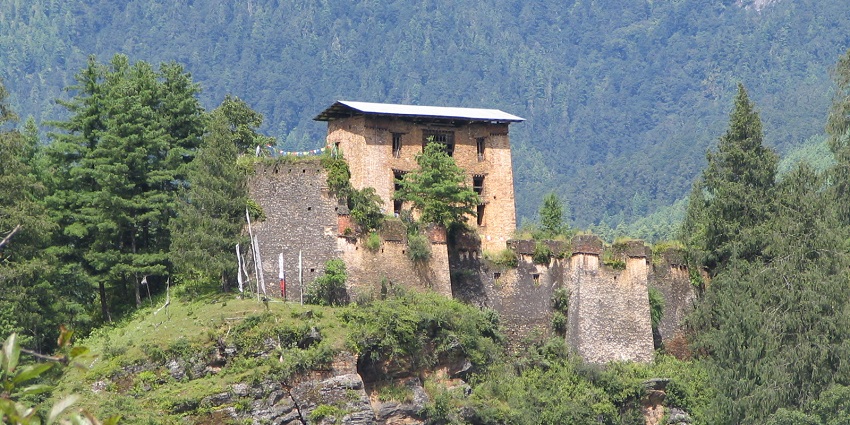
Photo: Greenmnm69 / Wikimedia Commons
Drukgyel Dzong is located in the upper Paro Valley, some 14 kilometers north of Paro town, close to the village of Tsento. Situated on a strategic ridge above the Paro River, this fortress was erected concerning the valley access and safeguard against invasions from Tibet. Due to its commanding views of the surrounding mountains, the site was also a major trading route connecting Bhutan with Tibet.
Quick Details About The Drukgyel Dzong
Opening Hours: 9 AM – 5 PM (Lunch break: 1 PM – 2 PM)
Entrance Fees: Free for all visitors
Photography: Allowed in outdoor areas, prohibited inside restored sections
Accessibility: Short walk from the parking area, some uneven paths; wear comfortable shoes
How To Reach Drukgyel Dzong
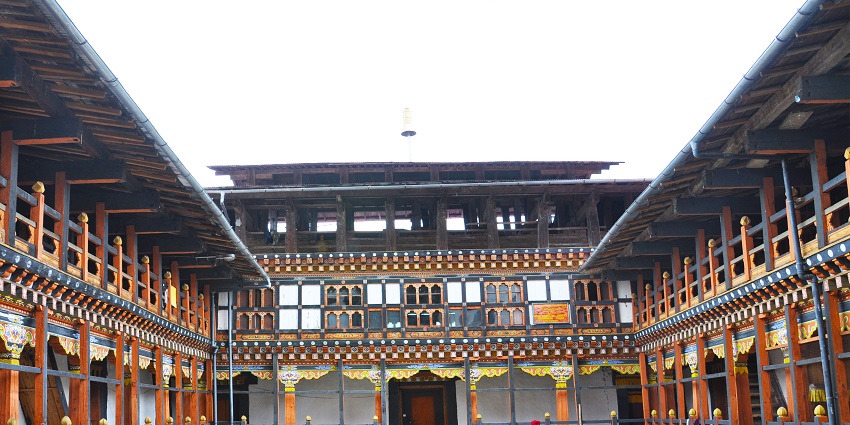
Photo: Prof Ranga Sai / Wikimedia Commons / Image For Representation Only
By Air: The nearest airport is Paro International Airport located about 16 km away. Visitors are recommended to travel by taxi or hire a private vehicle for the trip from Paro.
By Road: Drukgyel Dzong is some 14 km by road north of Paro town. It has a well-paved road that has been well constructed for the passage of vehicles. The trip takes approximately 30-40 minutes and offers good scenic views across the valley into Paro.
By Train: Reaching Drukgyel Dzong by train is not directly possible, as Bhutan does not have a train network. The nearest railway station is in New Jalpaiguri, India, about 150 kilometers away.
Top 5 Things To Do At Drukgyel Dzong
From historic fortresses to breathtaking mountain views and cultural villages, here are some of the best things to do at the Drukgyel Dzong, Bhutan:
1. Explore The Restored Fortress
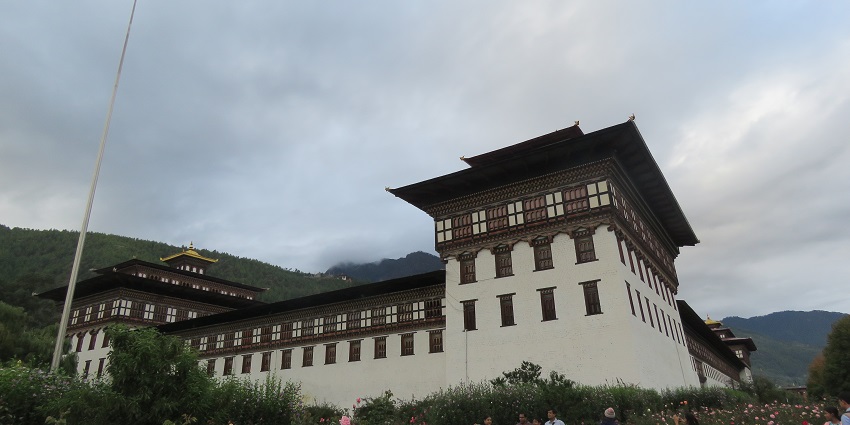
Photo: Vinayaraj / Wikimedia Commons / Image For Representation Only
Drukgyel Dzong was originally constructed in 1649, and in the recent past, it has been restored very much to emphasize its historic importance. This fort, which was originally designed to be a defense point for Tibetan invasions, is now an excellent museum of authentic Bhutanese military history for any tourist. The architecture components have been brought back to the site, including watchtowers, forts, and courts, focusing on the workmanship of Bhutanese builders.
Timings: 9 AM – 5 PM (Lunch break: 1 PM – 2 PM)
Entry Fee: N/A
2. Enjoy Panoramic Views Of Jomolhari
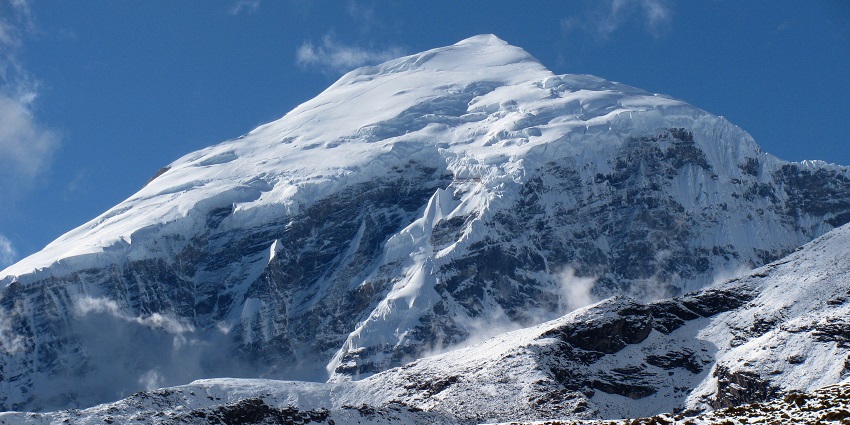
Photo: Christopher Fynn / Wikimedia Commons
Drukgyel Dzong allows you to look over one of Bhutan’s mighty and most sacred peaks, Mount Jomolhari. The mountain towers at 7326 meters, where it’s believed to be a revered site in Bhutanese mythology and one of the major trekking destinations in Bhutan. The snow-capped summit is beautiful in the sights of the fortress ruins at sunrise and sunset when the golden hues create amazing landscapes on clear days.
Timings: 24*7
Entry Fee: N/A
3. Learn About Bhutanese History At the Paro Ta Dzong Museum
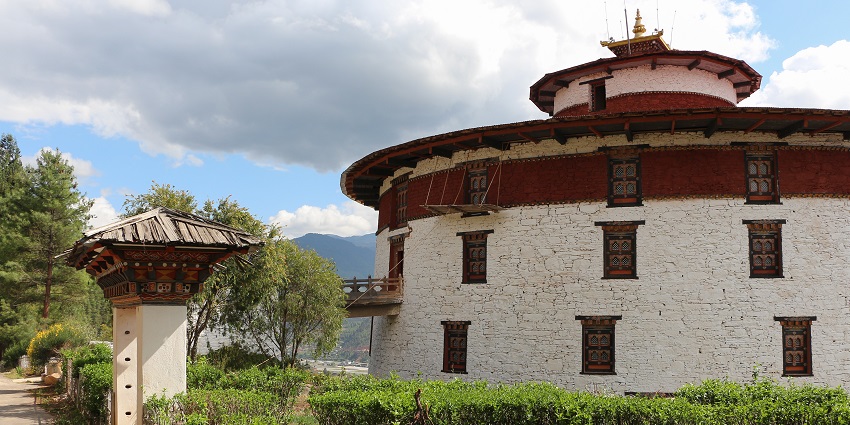
Photo: Bernard Gagnon / Wikimedia Commons / Image For Representation Only
Paro Ta Dzong was built in the 17th century as a watchtower and is now the National Museum of Bhutan, where visitors have access to the rich culture of Bhutan in a deep dive format. The circular configuration of the museum, hitherto constructed for defense, now serves as a multi-story exhibition space showcasing artifacts originating from the history, religion, and culture of Bhutan. Ancient thangka paintings, royal relics, ceremonial masks, and centuries-old manuscripts are all on display to the visitors.
Timings: 9 AM – 5 PM
Entry Fee: Nu. 50 for Bhutanese, Nu. 200 for SAARC visitors, Nu. 500 for other foreign tourists
4. Hike To Tsento Village

Photo: Christopher J. Fynn / Wikimedia Commons / Image For Representation Only
The scenic hike from Drukgyel Dzong to the quaint little Tsento Village is an unforgettable experience steeped in rich cultural tradition and nature’s serene beauty. The trail leading up to the village is quite easy, offering a fair share of enjoyable surprises, such as dense pine forests, open meadows, and terraced farmlands. There are also traditional Bhutanese houses along the way, painted beautifully and with brightly fluttering prayer flags.
Timings: 24*7
Entry Fee: N/A
5. Visit Kyichu Lhakhang

Photo: David Broad / Wikimedia Commons
Kyichu Lhakhang is the most ancient and most sacred among the temples of Bhutan, built in the seventh century by Tibetan Emperor Songtsen Gampo as part of the spiritual activity to subdue an evil demoness. Today, the temple is a very popular pilgrimage site for Buddhists, who offer their butter lamps and prayers here for blessings. In the temple, there is the world-famous statue of Jowo Shakyamuni, widely accepted to be the most sacred depiction of Buddha..
Timings: 9 AM – 5 PM
Entry Fee: N/A
Time Required: 30 – 45 minutes
Places To Visit Near Drukgyel Dzong
From ancient fortresses to sacred temples and breathtaking mountain passes, here are some of the best places to explore around Drukgyel Dzong:
1. Ta Dzong
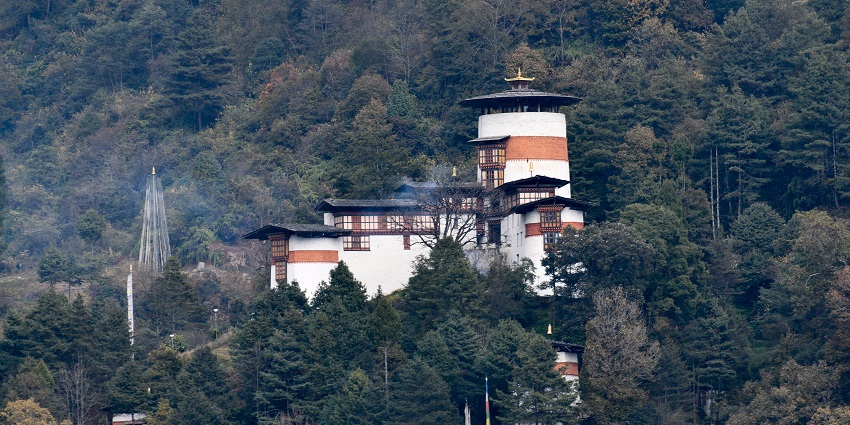
Photo: Christpher J. Fynn / Wikimedia Commons
In Paro, Bhutan, Ta Dzong is a historic watchtower constructed during the 17th century for the purpose of guarding Rinpung Dzong against invasions. It was converted into the National Museum of Bhutan in 1968 and holds a vast collection of religious artifacts, thangka paintings, weaponry, and historical documents. The circular shape of the building is said to represent a conch shell in design, a rarity in Bhutanese architecture.
Distance From Drukgyel Dzong: 16 km
Best Time To Visit: March – May, September – November
2. Chele La Pass
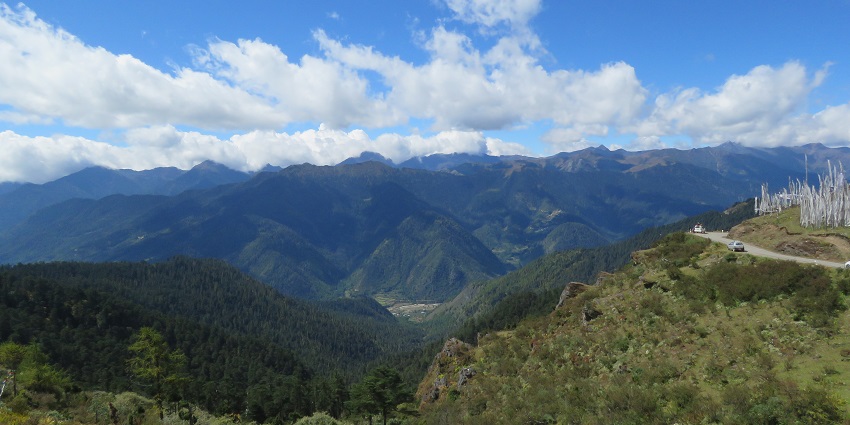
Photo: Vinayaraj / Wikimedia Commons
Chele La Pass, at a height of about 3,988 meters, is the highest motorable pass in Bhutan. The pass is the connection between the valleys of Paro and Haa. The pass boasts breathtaking views of the entire Himalayan range, featuring Mount Jomolhari, among others. At the same time, the pass is decorated with colorful prayer flags, thus making it pleasing to the scenic landscape as well as its spirituality. The place attracts nature lovers, birders, and trekkers with its meandering trails through rhododendron forests and alpine meadows.
Distance From Drukgyel Dzong: 35 km
Best Time To Visit: March – May, September – November
Where To Stay
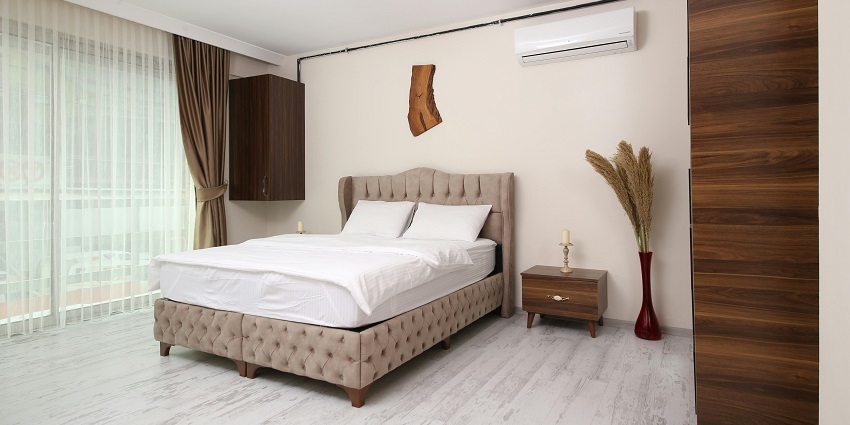
Photo: suhel vba / Wikimedia Commons/ Image For Representation Only
Drukgyel Dzong is situated in the Paro district, where accommodation ranges from guesthouses to luxury resorts. Zhiwa Ling Heritage, COMO Uma Paro, and Bhutan Spirit Sanctuary deliver high-end experiences perfect for a comfortable stay reminiscent of traditional Bhutanese charm. Tashi Namgay Resort and Hotel Olathang are moderately priced but offer an excellent blend of comfort and services. Budget accommodation in Paro town includes places such as homestays and guesthouses like Rema Resort and Pelri Cottages with a cozy atmosphere and easy access to major attractions.
Where To Eat
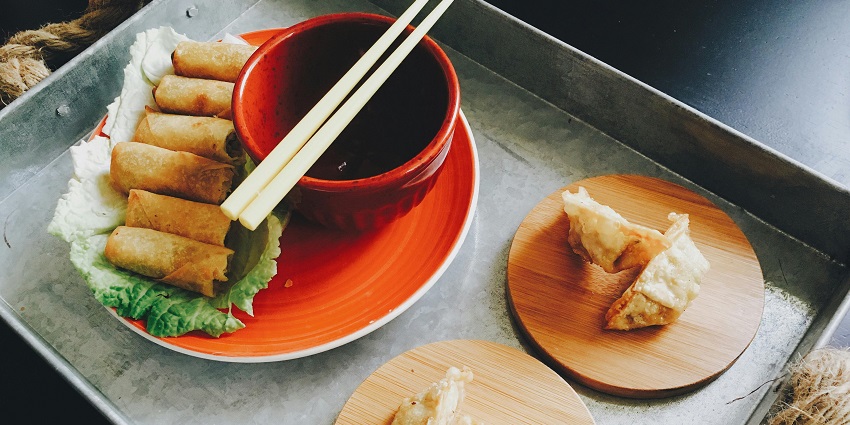
Photo: Abby Kihano / Pexels / Image For Representation Only
Paro is a mix of both tradition and modernity in its gastronomic avenues. In places like Sonam Trophel Restaurant and Yue-Ling Restaurant, you can find local dishes like Ema Datshi and Jasha Maroo made to perfection. On the fine-dining side, the Bukhari at COMO Uma Paro serves some exquisite dishes in a setting with enviable views. Mountain Café and My Kind of Place are casual spots serving Bhutanese and continental fare.
Other Factors To Consider

Photo: Vinayaraj / Wikimedia Commons / Image For Representation Only
Average Cost Of The Trip:
Budget easy accommodation is averagely Nu. 1,500 a day, mid-range hotels from Nu. 3,500- 8,000, and luxury resorts from Nu. 12,000. Local dishes will cost you Nu. 250- 700. The mid-range restaurants charge around Nu.1,500 per meal.
Tips For Travellers:
- At least half a day should be spared to visit Drukgyel Dzong and its vicinity.
- Pack warm clothing especially in the winter months as it gets quite cold.
- The best way to reach the site is to rent a car or take a taxi since public transport is scarce.
Drukgyel Dzong is the epitome of the resilient and rich heritage of Bhutan, with a visit here transporting the tourists back through time amid some of the breathtaking landscapes. Be it an epic journey back into history, an adventure into spirituality, or simply indulging in memorable views, this iconic fortress brings something magical for everyone when visiting its sites. So, book your visit with TripXL!
Cover Photo: Christopher J. Fynn / Wikimedia Commons


 WhatsApp
WhatsApp
 Twitter
Twitter









